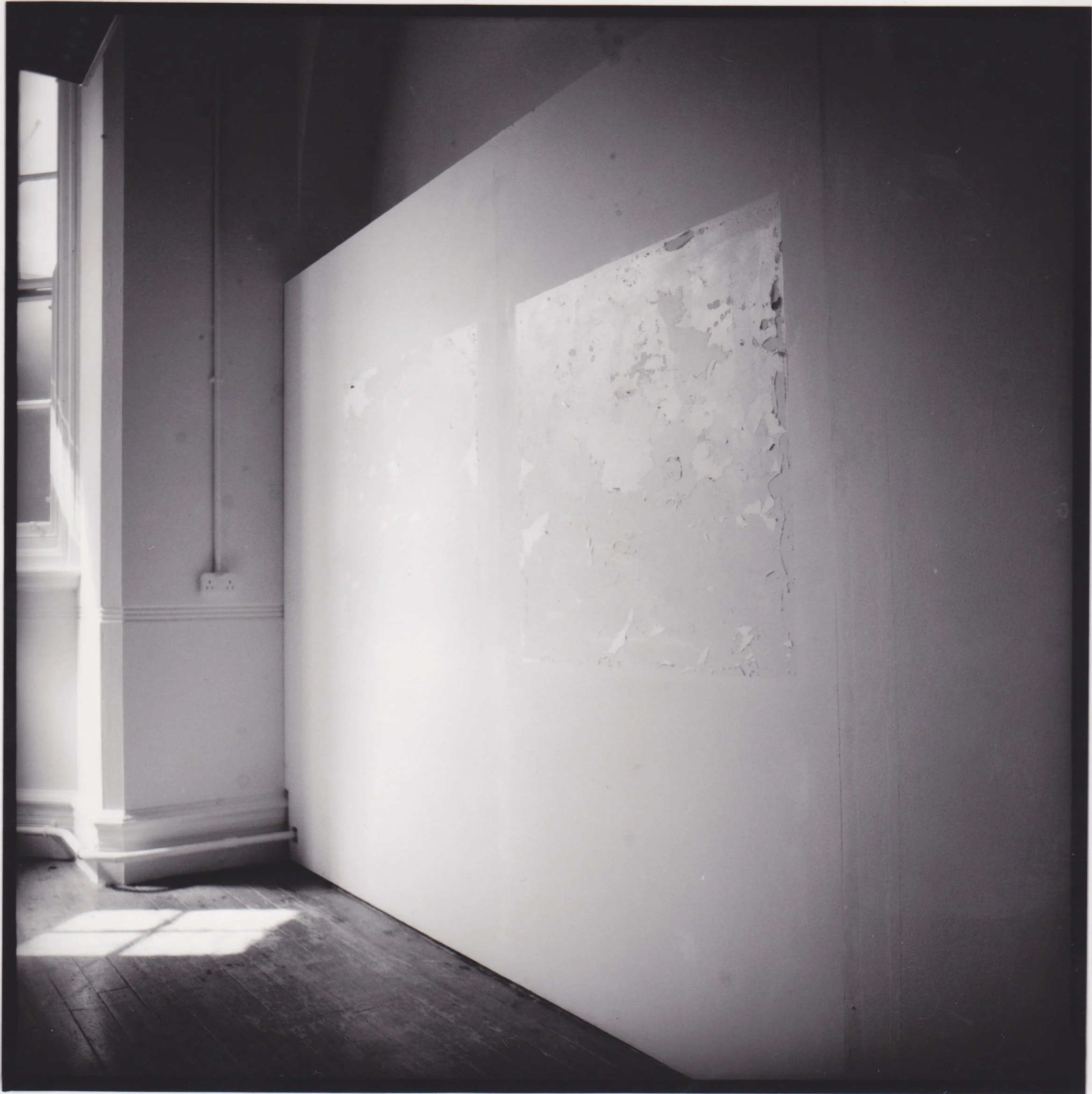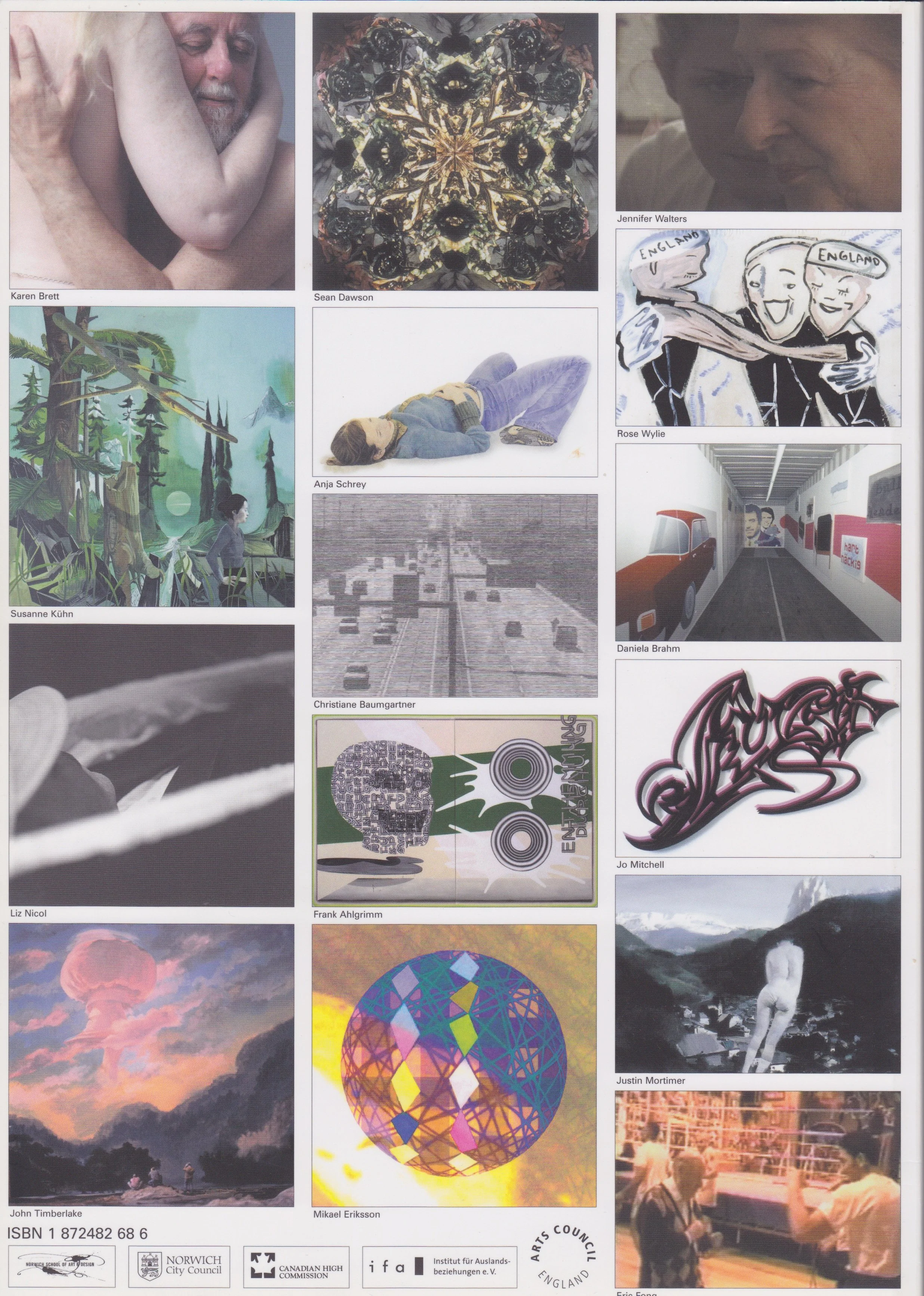Willy. Red star, Gaultier suit, Crocodile shoes. 2004
“At first sight there is a formal elegance to this piece of work. A cool, clear, series of black and white images, a movement in and out of focus - a stillness. The ruched white silt close to the crocodile shoes makes them look new. And then you begin to understand what you are looking at - and in my case - who it is I am looking at. It’s a series of photographs of Willy - but he’s not there.
Liz Nicol makes work with the substance of her life. As in the birth of her son Charlie or in this case the death of her partner Willy.
She has a very particular way of working. She will take photographs and return to work with them, sometimes many years later. The temporal distance between taking and the making of the image, allows her to repossess the original photograph. It is as if she allows the original image to develop through the medium of her life and to be changed by time into something that she can begin to work with…
But these images of Willy are presented unmediated. A record of movement, a few moments in the undertakers’ parlour - trying to see - trying to understand - infused with love”.
Lesley Kerman
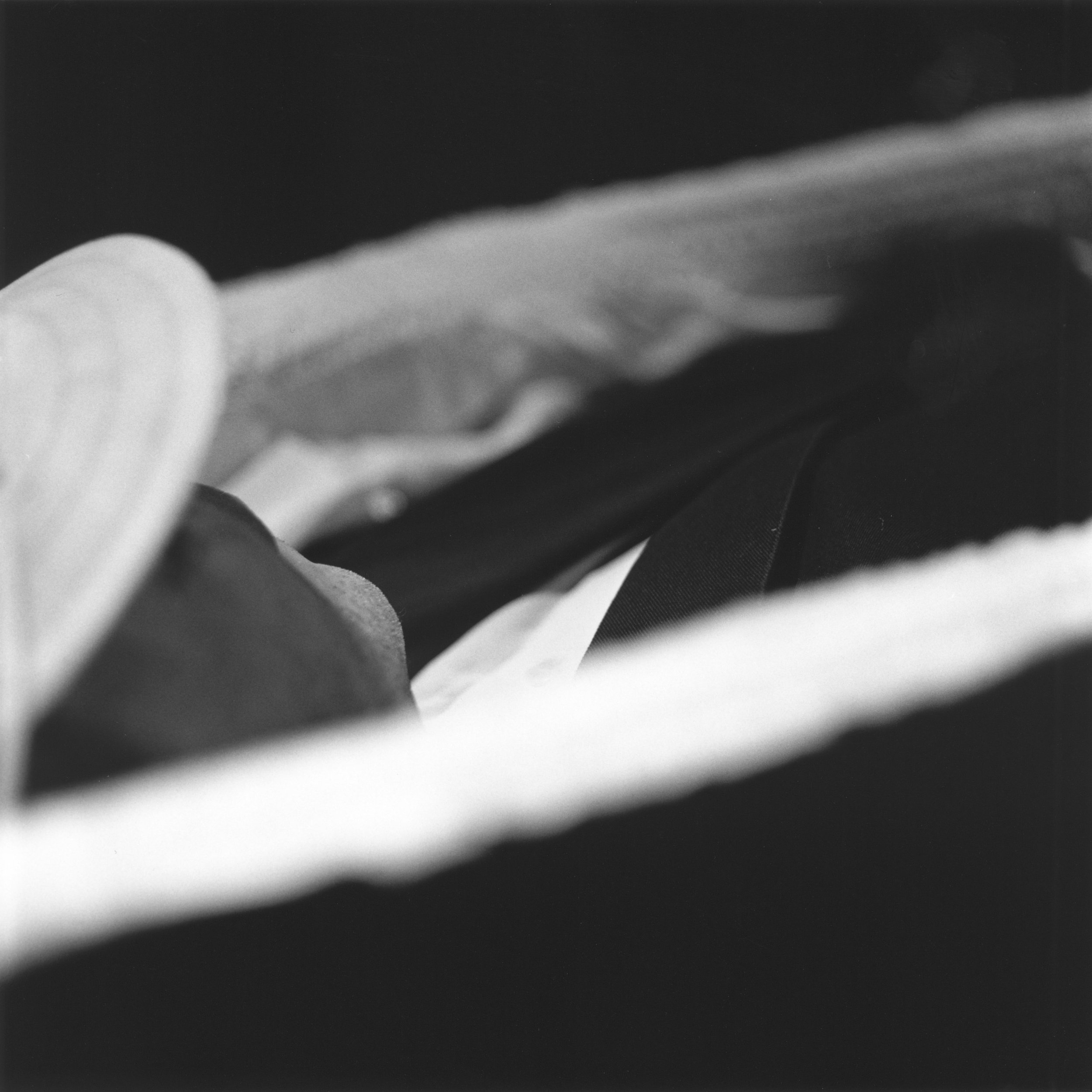


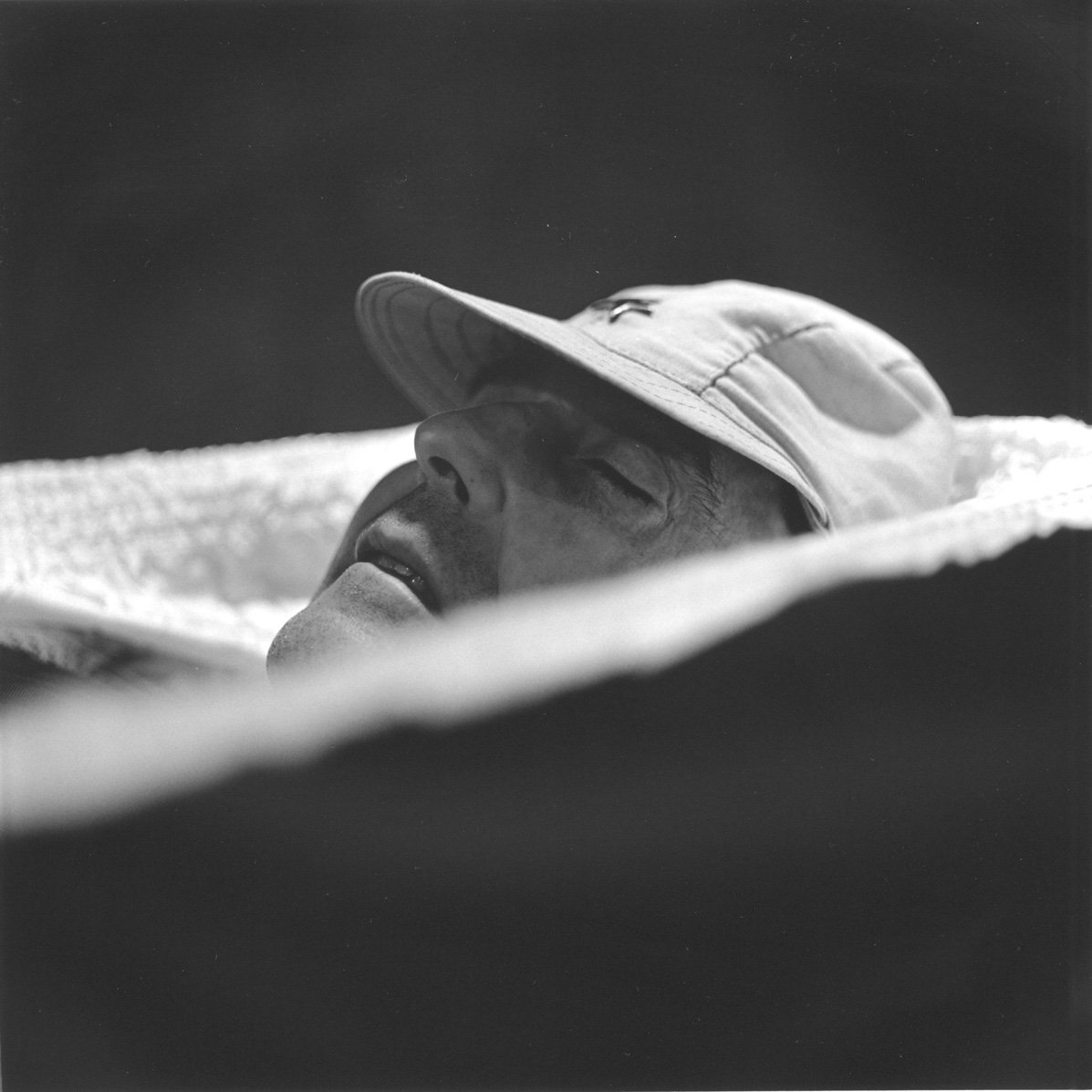


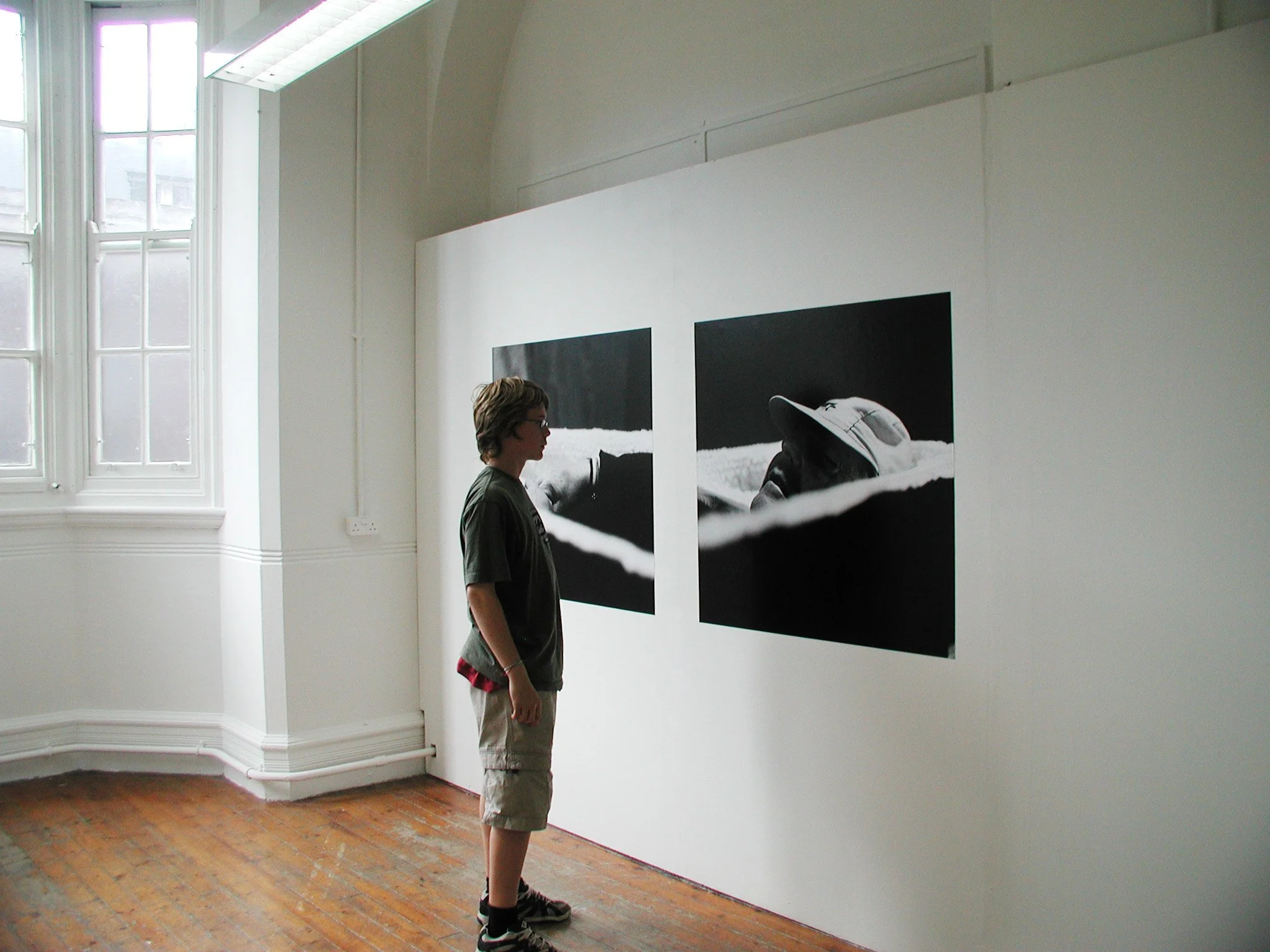
These large scale photographs were pasted directly onto the gallery wall, the image below show the residue of the glue. After the exhibition, the work was removed from the surface of the wall in the same manner as if you were stripping wallpaper. The process was recorded in real time, the ripped fragments of photographic paper are still with me.
“I have never seen anyone dead. A Pietà is touched by the promise of resurrection. War photography carries no such sense of imminent rescue. War photography wants the viewer for a witness. You have seen this death, you are part of the tragedy, you feel in some way responsible.
The images of Willy are in a completely different category. They belong to the group of works which include Picasso painting his dead friend Carlos Casagemas, Monet painting the dead Camille, Ron Mueck’s work ‘Dead Dad’ and Bill Viola’s video of his dying mother.
The banal explanation is that these artists were passing the time sitting with the dying. They shock us because they imply an objectivity, a distance between the artist and the dead subject. In fact they are about closeness. The subject has shared in the mysterious pursuit of the gap between art and life. They are works about what art is to the individuals that made them - a kind of defiant measurement of art in relation to life. Willy died very suddenly. These images are about not wanting to lose him. Making a trace of a trace.”
Lesley Kerman, April 2004. EAST catalogue
